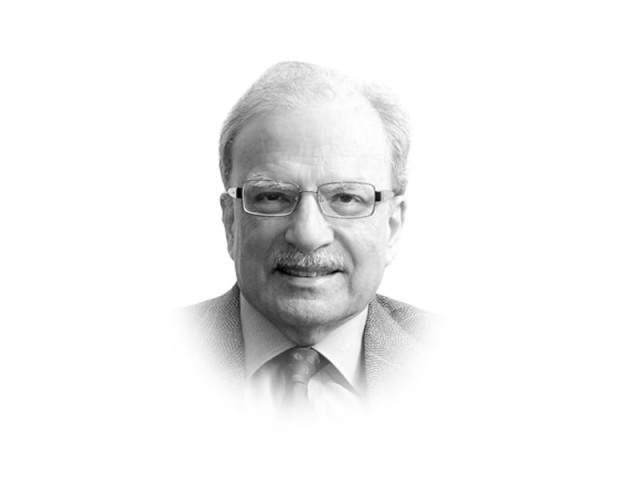
The outsiders were less sanguine about their future in a Hindu-majority political system. They feared that domination by the Hindu community in an independent India would further reduce the economic and political chances available to the Muslim minority. This community had already suffered a great deal once Muslim power had given way to British rule. The British, in fact, had adopted a number of policies to reduce the influence of the Muslim community in the affairs of the country over which they now ruled. Persian was replaced with English as the official language; in recruiting the personnel for the expanding British administration, the new rulers preferred non-Muslims over Muslims; and from 1828 onwards, British authorities began to confiscate land endowments which financed Muslim education. As MJ Akbar reminds us in Tinderbox, “the principal Muslim grievances were in education policy that denied them opportunity, reducing them to ‘contempt and beggary’”.
Once the British established control over what is now Punjab and Khyber-Pakhtunkhwa, they used the state to protect the Muslim community from the economic power of the Hindus and Sikhs. This change in approach towards the Muslims was to reward them for the help they had given the new rulers to suppress the Indian Mutiny of 1857.
Since most of the leadership of the insiders was lukewarm to the idea of creating a separate homeland for the Muslim community, it took some time before this group was able to reassert itself. In the meantime, Pakistan was governed by a ruling elite that drew its power from the outsiders — the muhajir community. In other words, the first generation of Pakistani rulers had a strong urban bias in their thinking about economic and political issues. One consequence of this orientation was the neglect of agriculture which was the most important part of the economy.
As a result of this history, these two Muslim communities — those from Muslim-minority and Muslim-majority areas — developed very different approaches towards the state. The former saw the state’s role limited to a few functions; the latter placed a heavy reliance on the state. Once the insiders were in power, they pulled the state in to help them consolidate their economic hold over the country.
The urban bias could not be maintained over time. It was corrected when the military came to power under General Ayub Khan. Both the military president and the troops he commanded had deep roots in rural Pakistan. Ayub Khan brought in a landlord — the Nawab of Kalabagh — to help him govern the then West Pakistan . The nawab introduced a style of governance that has persisted to this day. In spite of the enormous amount of demographic and economic change that has occurred over the last several decades, the landed interests continue to exercise a disproportionate amount of influence over political and economic decision-making . The nawab’s influence on statecraft has not been fully appreciated. He froze the process of change and the political ascendency of the refugee community that had begun to occur with the founding of Pakistan. This is where the situation stands today. The ruling elite refuse to allow modernisation from entering the political, economic and social domains, even when they profess to favouring democracy. The ruling elite exercise total control over policymaking. They don’t allow people to influence the making of policy through their representatives in the national and provincial assemblies. In this context, I am intrigued by the focus the Planning Commission has placed in its growth strategy on the city as the driver of economic and social change. Whether the current political masters allow this strategy to be pursued and how it could correct the current, rural-based system are some questions for a later article.
Published in The Express Tribune, June 20th, 2011.














COMMENTS
Comments are moderated and generally will be posted if they are on-topic and not abusive.
For more information, please see our Comments FAQ